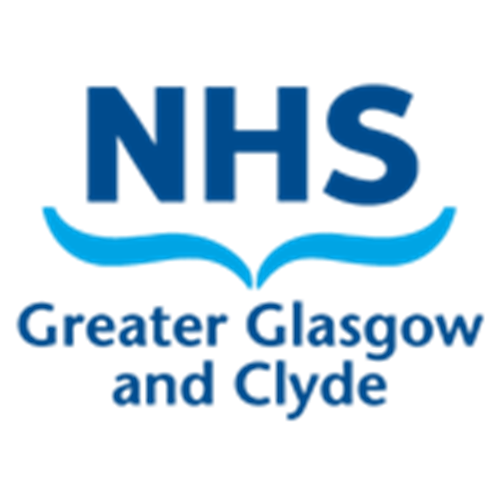All midwives, midwifery students, maternity care assistants, healthcare support staff, medical staff and anyone else providing clinical care or guidance to women should:
- Adhere to the NMC/GMC code and the elements that relate to record keeping;
- Understand the importance of effective record keeping as a key element of safe and effective care
- Maintain consistent, complete, clear, accurate, secure, and timely records, to ensure an account of all care given is available for review by the woman and by all professionals involved in care,
- Effectively and responsibly use a range of digital and other technologies to access, record, share and apply data within teams and between agencies
- Keep and store securely, effective records for all aspects of the continuum of care for the woman, newborn infant, partner and family,
- Present and share verbal, digital and written reports with individuals and/or groups, respecting confidentiality. (NMC, 2019)
